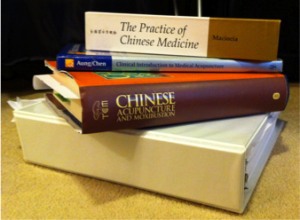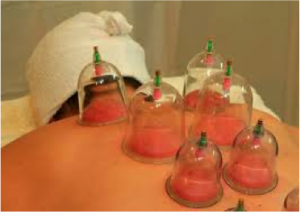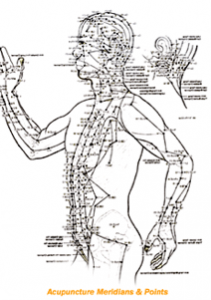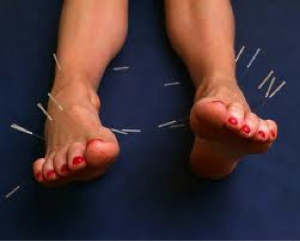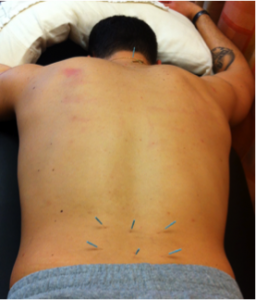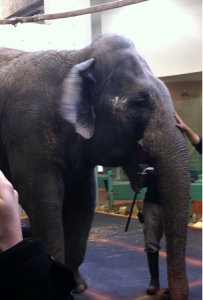Acupuncture – initially to me this meant ANOTHER course that I was going to have to take, pay for, study, write an exam…ugh. Some of you may or may not know, that once you’re finished school and become a physiotherapists, there is still a lot of learning and courses to come! Many of my fellow colleagues treat with acupuncture, so it was natural to follow suit. It seemed like a good skill to have; patients seem to like the results, why not? And so I began my journey of 9 months of training and practice in the University of Alberta’s Medical Acupuncture Program.
So what is acupuncture? Most people have some image that comes to mind about lying on a table being poked with needles, but why? How does putting a needle in your foot help fix your back pain? Or how can applying cups to your low back decrease a migraine?
Acupuncture is a traditional eastern medicine technique that began in China at least 2500 years ago. It is based on the principle of Yin and Yang, which characterizes harmony and balance of one’s energy or essence, called Qi. When your body is imbalanced or in disharmony, this can affect your health. Acupuncture needles, when inserted into acupoints on specific meridians along the body, help to rebalance Qi.
Acupuncture needles are sterile, single use made of stainless steel and measure from 13-70 mm. When inserted into acupoints, a feeling of achiness, fullness, or heaviness may be felt; this is a sensation called “de qi”. Once in place, the needles may be stimulated with flicking, rotation, or scraping. The needles are usually left in place for 10-15 minutes.
So how do you know which of the thousands of acupoints need to be treated? One method of treating is to stimulate acupoints in the area that is causing pain or dysfunction. For example, if a person is having arthritic knee pain, you can treat acupoints around the knee. To get “more fancy” as my instructor would say, you can also treat acupoints on other meridians or channels of energy flow at different places on the body that will influence your knee pain. To determine which distant points will help your treatment, a careful diagnosis of the tongue, eyes, ear, and skin needs to be conducted.
Because I am a physiotherapist first, my main goal from this course was to learn ways to incorporate acupuncture into my regular practice. I wanted another tool to be able to provide the best, most effective and efficient care to my patients. I believe acupuncture is a perfect adjunct to physiotherapy for many injuries we see in the clinic to help decrease pain and inflammation, and promote healing. There are a few cases that are contraindicated for acupuncture, but most people are appropriate for needling. It is a very safe treatment by those who have been properly trained. Aside from a few needle pricks, it is pretty painless and there are no pills to swallow!
As a side note, as part of my program, our course instructor wanted us to experience not just acupuncture, but a variety of alternative medicine practices. Our class was lucky enough to visit and participate in a traditional sweat lodge at the Enoch reserve; we visited Bao Ann Herbal Store to sample different herbs; we performed a house cleansing to ward off spirits; and my favorite outing was a visit to the Valley Zoo to meet Lucy the elephant! Lucy has been treated with acupuncture for many years for different conditions, most recently for her arthritis. The staff at the Valley Zoo was happy to report that Lucy has not needed treatment in 4 years because her arthritis pain was affectively controlled with acupuncture treatment!
As I have been incorporating acupuncture into my practice, I have seen positive results both objectively and from patient reports. I am excited to continue to find new ways to use acupuncture to provide effective and efficient care to my patients.
Meghan Guydash MScPT
References:
Aung, S. (2012). Medical Acupuncture Program. University of Alberta Faculty of Medicine and Dentistry: Division of Continuous Professional Learning.
Aung, S., & Chen, W. (2007). Clinical introduction to medical acupuncture. New York: Thieme Medical Publishers, Inc.
Xinnong, C. (2012). Chinese acupuncture and moxibustion. (3 ed.). Beijing: Foreign Languages Press.

